Home > News > Industry News
Website:www.ledtransparency.com Date:2023-08-09
At present, LED virtual shooting technology has entered a period of rapid development and application. Virtual studio, led display, digital camera, image engine, rendering system and other system facilities continue to innovate and upgrade and optimize and improve the demand for film and television LED virtual shooting. In order to improve the shooting quality of this emerging shooting technology and optimize the shooting process, Promote extensive and in-depth application, and lay a solid foundation for hardware and software systems.
With years of experience and technical reserves, China's led display has occupied a major share in the global LED virtual studio market. Under the strong support of domestic professional led display, the construction and application of China's film and television virtual studios are booming, and gradually deploy and integrate more domestic hardware and software systems, and accelerate the development of high-level science and technology self-reliance.
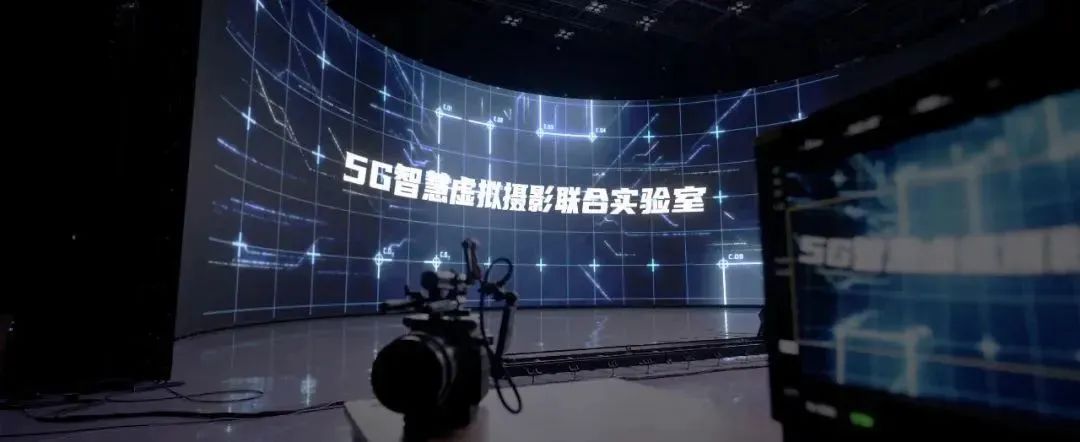
01 5G Smart Virtual Photography Joint laboratory opens China's largest cinema-grade giant screen shooting screen.
Technology Institute and Wuxi National Digital Film Industry Park, and is a 5G smart virtual photography joint laboratory integrating technical features such as "LED virtual shooting +5G network transmission +AI content generation".
The studio is equipped with the largest cinema-grade giant screen in China at present. The screen is 44 meters long, 10 meters high and 23 meters in diameter, showing a large Angle circular arc. The LED cinema-grade display screen, computing system, storage system, 5G wireless network transmission system and XR virtual camera system in the studio are all made in China.
At present, the studio has completed the original science fiction experimental short film "Xingxu", about a father and daughter continue the science fiction journey on the road to discover alien life. The film uses AIGC technology to generate multiple scene concept design drawings in the early design stage to provide reference for the subsequent production of digital assets.
In the actual shooting stage, the camera tracking system, motion capture system and image engine real-time rendering were used to achieve real-time linkage between the camera, screen picture and the foreground, so that the virtual and real scenes were seamlessly integrated, and the lighting control system was adopted to ensure the consistency of the physical lighting in the studio and the virtual lighting in the LED screen.
Using the characteristics of LED virtual post-production, the film only takes 2 days to complete the main content of the shooting work, greatly improving the shooting efficiency, complete the image effect of glass props that is difficult to achieve in green screen shooting, and use technology to provide richer and higher quality expression for the display of content.

02 LG and Samsung respectively released special LED display products for film and television virtual shooting.
Recently, LG released the led display LBAF series dedicated to film and television virtual shooting. The display uses MicroLED technology, point spacing of 1.56mm, maximum brightness of 1500 nits, maximum contrast of 100,000:1, brightness uniformity ≥95%, refresh rate up to 7680Hz, maximum frame rate up to 120fps, horizontal and vertical viewing Angle up to 160°.
LBAF series led display adopts COB (Chips on Board) packaging technology, by removing R, G, B LED chip surrounding packaging, and the application of LG self-developed all-black coating technology, more pure black than traditional LED.
At The recent InfoComm2023 (North American Audiovisual Display Technology and System Integration Exhibition), Samsung also released a dedicated led display product for film and television Virtual Production, called "The Wall for Virtual Production", with P1.68 and P2.1 two point spacing options. Frame rates of 23.976Hz, 29.97Hz, 59.94Hz and sync lock are set specifically for studio applications. The display also has a refresh rate of 12288Hz, a maximum brightness of 1500 nits, a contrast ratio of 35,000:1 (for P2.1), and a viewing Angle of 170°.



03 Blackmagic Design launches digital cameras optimized for LED virtual shooting.
Recently, Blackmagic Design, a video hardware and software equipment manufacturer, launched the Blackmagic URSA Mini Pro 12K OLPF camera, which is optimized for LED virtual shooting. On the basis of the self-developed 12K Super 35 image sensor, a high-performance optical low-pass filter is added to reduce artifacts such as mores and serrations.
Blackmagic Design's self-developed 12K Super 35mm 80MP ultra-high pixel sensor does not use the Bayer array, but uses a new color filter array. The CMOS image sensor has an equal number of red, green and blue pixels, while white pixels are added, and image optimization is implemented for multiple resolutions. The sensor itself supports 12K/60fps output, and can also output 8K and 4K images without cropping or changing the field of view.
Moire may occur when the pixel density of the sensor element of the digital shooting device is not much different from the texture complexity of the object being photographed. In this connection, the high-frequency part of the image is eliminated through the low-pass filter, so that the spatial frequency of the sensor is higher than that of the shooting object, that is, the resolution performance of the lens is artificially reduced a little, so that the spatial frequency of the object in the image is reduced, and the spatial frequency gap between the sensor pixels is opened. When the lens resolution is much lower than the spatial frequency of the sensor pixels, the generation of moors can be slowed down to a certain extent.
In addition to the method of optical low-pass filter, the mores can be weakened by changing the camera Angle, changing the shooting focus, adjusting the lens focal length, and later software processing.
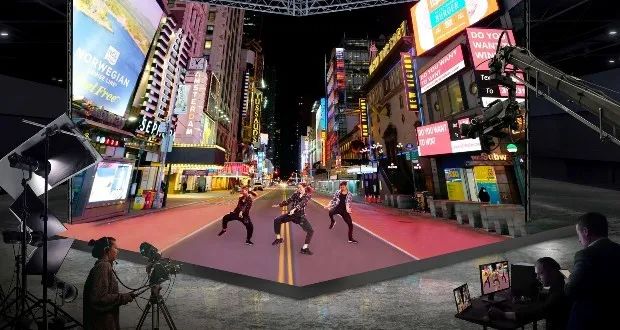
Label:
Author: Sily
This article from:http://www.ledtransparency.com/news.html
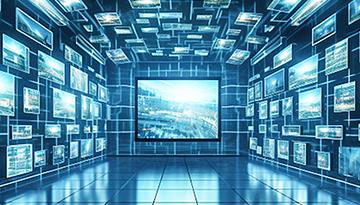
2024-06-13
In recent years,LED display and LCD display as the two giants in the field of display, what is the difference between the two? How do we choose? This article will explain in detail for you.
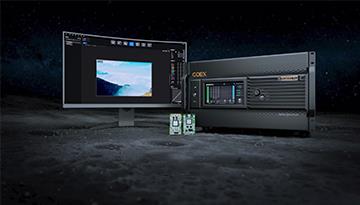
2024-05-30
For the well-known LED display is how to accurately play and show the picture effect we want? This article takes you to understand the brain controller of LED display: LED display control system.
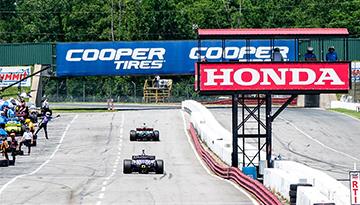
2023-11-20
Step into any modern-day sports stadium, and you'll be greeted by an awe-inspiring sight: the grandeur of stadium LED screens, transforming the way live sports events are enjoyed.
Add:Building 2, Dalshan Sanlian Industrial Zone, Tangtou Community, Shiyan Street, Bao'an District, Shenzhen, 518108, China.
Tel: +86-755-85275082
E-mail: sophia@screensled.com
Whatsapp:+8615338825322